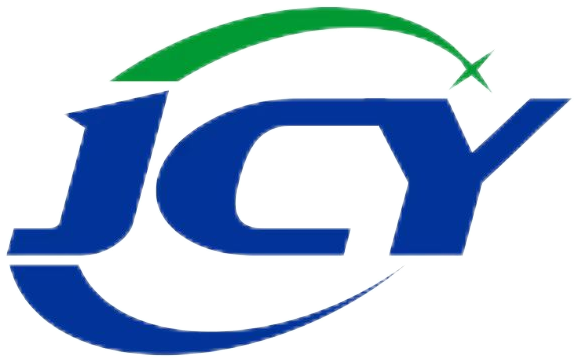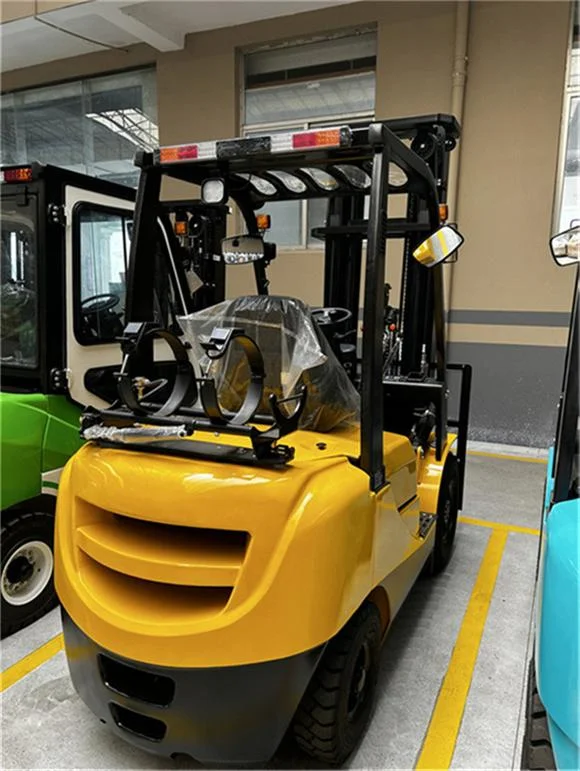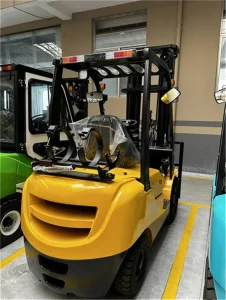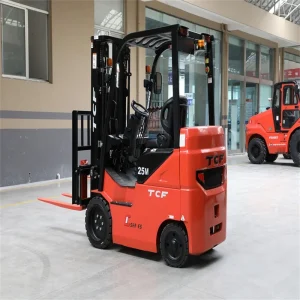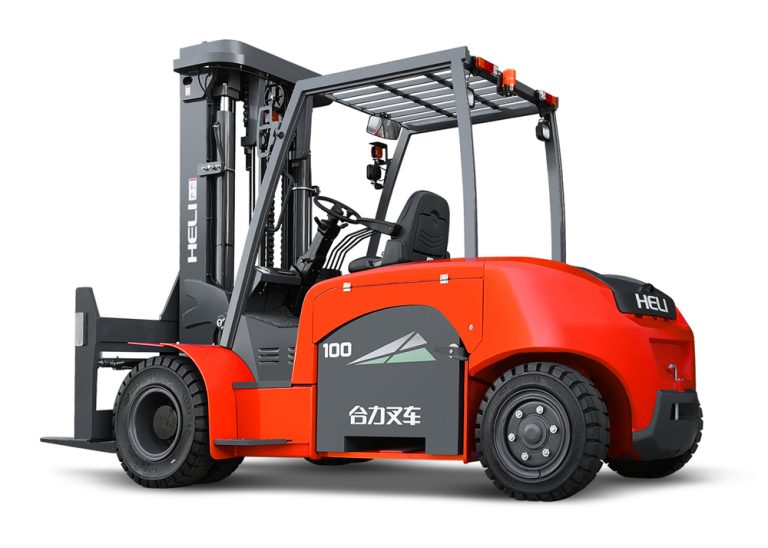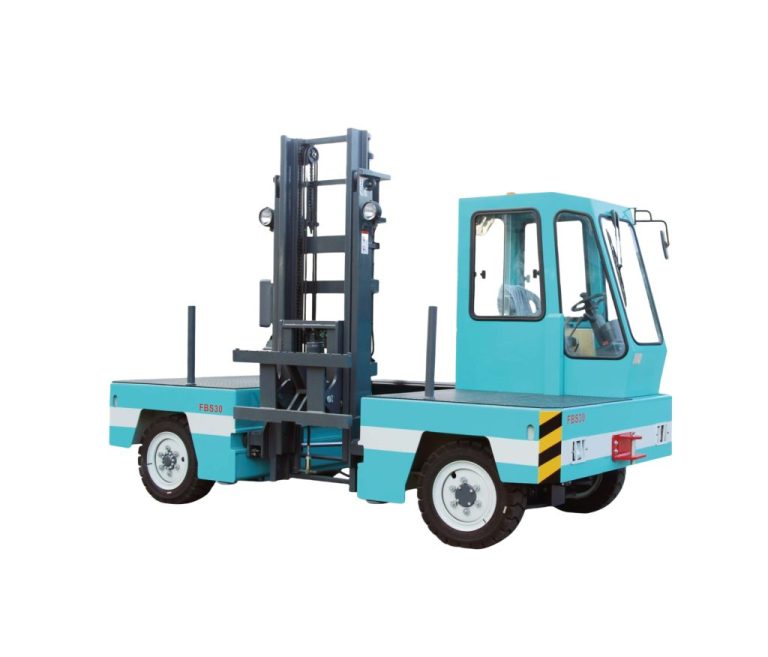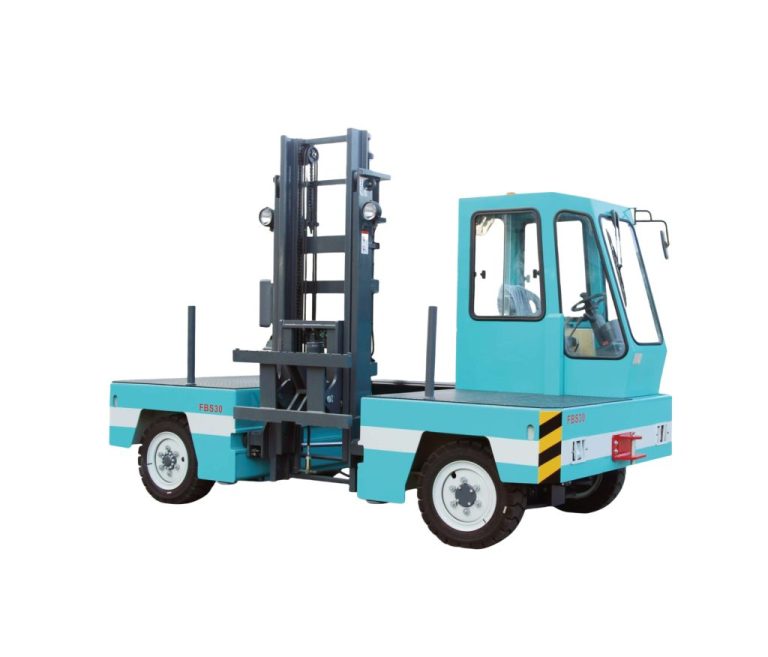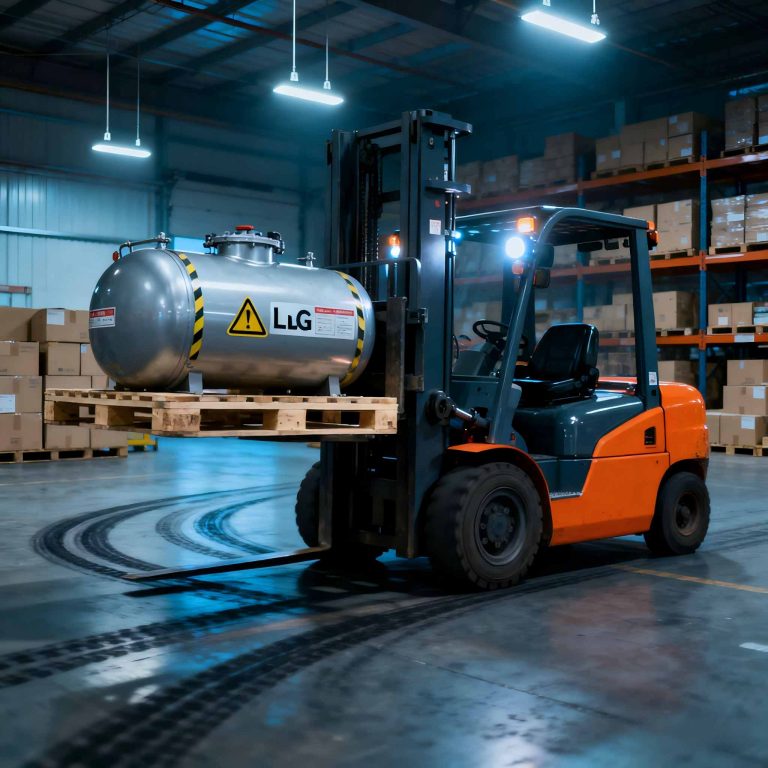Exploring the Basics of Electric and LPG Lifts
Overview of Electric Lift Technology
Electric lifts are powered by electric motors, utilizing energy stored in batteries or drawn directly from the electrical grid. These lifts are often praised for their eco-friendliness, as they produce zero emissions during operation. The technology behind electric lifts is continually evolving, offering advancements in efficiency and performance. Electric lifts are known for their quiet operation and smooth handling, making them ideal for indoor environments where noise reduction is crucial.
Overview of LPG Lift Technology
LPG lifts are powered by liquefied petroleum gas. Such of lift is preferred for being versatile and performing in indoor and outdoor conditions. Power Output LPG lift technology delivers unbeatable torque for high performance in any extreme site condition. Though they release some exhaust gases, LPG engines today are designed to reduce environmental pollution by better combustion.
Comparative Analysis of Performance Metrics
Performance Metric Electric Lifts LPG Lifts
| Performance Metric | Electric Lifts | LPG Lifts |
| Energy Consumption | Lower operational costs; uses electricity efficiently | Higher fuel costs; requires regular refueling |
| Cost Efficiency | Initial cost can be higher; long-term savings due to lower energy costs | Generally lower initial cost; higher operational costs over time |
| Load Capacity | Suitable for moderate loads; limited by battery capacity | Handles heavier loads with ease; more robust power output |
| Operational Flexibility | Best suited for indoor use; limited by charging infrastructure | Versatile for both indoor and outdoor use |
Energy Consumption and Cost Efficiency
Electric lifts are generally more energy-efficient compared to their LPG counterparts. They offer lower operational costs since electricity is often cheaper than LPG fuel. However, the initial investment for electric lifts can be higher due to the cost of batteries and charging equipment. Over time, the reduced energy expenses contribute to significant savings.
On the other hand, LPG lifts incur higher fuel costs due to the need for regular refueling. Despite this, they tend to have a lower upfront cost, making them attractive for businesses with budget constraints. The choice between electric and LPG lifts often hinges on balancing initial expenditure against long-term operational savings.
Load Capacity and Operational Flexibility
For example, electric lifts are ideal for smaller load weights and are only constrained by duration and weight of the battery. This makes them perfect for operations where low noise and low emissions are critical, such as warehouses or retail locations. They are ideally suited to quiet, low-emissions environments, like warehouses or retail spaces.
When they face a more demanding task, say, moving heavy payloads, LPG lifts are dramatic ,their engines are set up to deliver higher torque. Being able to perform in both indoor and outdoor settings gives these lifts an advantage in versatility; most electric lifts require a charging station making getting from place to place more difficult. Just because they can work outside, doesn’t mean they can’t work inside as well and when they go from one environment to another it adds a mobility dimension that electric lifts may not have because of their reliance on charging stations.
Maintenance and Longevity Considerations
Routine Maintenance Requirements
Electric lifts require less frequent maintenance compared to LPG models because they have fewer moving parts and no internal combustion engine. Regular checks on battery health and electrical systems are necessary to ensure optimal performance.
LPG lifts demand more routine maintenance due to their complex engine systems. Regular inspections of fuel lines, filters, and exhaust systems are crucial to maintain efficiency and safety standards.
Expected Lifespan and Durability Factors
Battery life cycles are closely related to the life expectancy of electric lifts. These batteries with good care will last for a few years before they are required to be replaced — an advantage for the entire life cycle of the lift system itself. These batteries only require replacement every handful of years, depending on their care over time adding to the lifespan of the lift system.
In contrast, LPG lifts benefit from robust engine construction that supports extended use under heavy-duty conditions. However, ongoing maintenance is vital in preserving their durability over time.
JinChengYu lift solutions come in varieties to meet different lift needs. The products combine the latest technology with user-friendly designs that improve performance and reliability in a range of applications. With the help of JinChengYu, you will understand the requirements of your business location to choose the suitable lift system to maximize the performance of the lift system—electric or LPG while keeping the cost low.
Safety Standards and Compliance
Regulatory Requirements for Electric Lifts
Electric lifts always serve strict standards and guidelines relating to safety which makes them on the whole safer to operate as compared to other makes of lifts. Such regulations are usually related to safety in electricity, battery workflow, and emergency procedures. These basic standards play an essential role in accident prevention and securing operators as well as bystanders. Daily levels of electric lift systems are also kept in check through periodic inspections and guidelines drawn up by the appropriate authorities.
Regulatory Requirements for LPG Lifts
LPG lifts have to follow another group of guidelines mostly founded on fuel well being, emanation control, and fire counteractive action. Handling and storage of LPG fuel are important features described in safety codes to avoid a leak and a dangerous explosion. LPG lifts have an ecological footprint that is within the prescribed environmental limits because of emission standards. These are some of the regulatory requirements you need to meet to operate safely and efficiently.
Economic Implications for Businesses
Initial Investment vs. Long-term Savings
However, if taking the economics into account, then it would be better to go for either Electric or LPG lifts in the long run as initially it might cost a little extra but in the long run, you can save a lot. Electric lifts: Electric lifts tend to cost more initially because of the large batteries and charging infrastructure needed. Nevertheless, they have lower operational costs, which can save you a lot in the long run.
On the flip side, LPG lifts can have a cheaper initial purchase price but will have significantly higher ongoing fuel costs. If a company needs to save on costs and enter the lift industry right away, LPG may be more appealing in the short term. However, the total cost of ownership in the long run is an important factor in making the right decision. However, a true assessment of the total cost of ownership over multiple years is also inherently important to any decision.
Impact on Business Operations
There are obvious financial reasons behind choosing one type of lift over the other, but the decision surrounding electric versus LPG really can have much wider repercussions on business operations than just the monetary aspect. With lower emissions and less noise, electric lifts can provide a more comfortable work environment for employees and support sustainability goals. Electric lifts will create a noiseless work environment with less emission and make employees more comfortable while working, giving you, your corporate sustainability goal!
Since they have powerful engines and can be operated outdoors (not reliant on a charging station), LPG lifts are more versatile in terms of setting of operation. Such versatility can be beneficial in sectors needing heavy-direction lifting or in areas with mixed-use. That versatility can be a benefit in heavy-duty lifting or mixed-use environments.
JinChengYu’s Offerings in the Market
Diverse Range of Products Available
What makes JinChengYu different from other similar suppliers is that JinChengYu provide the wide range of lift products to its customer, differentiate them, where each lift product serves different operational needs. They have a wide product portfolio of electric and LPG lift models that are built with technology to provide the best performance while also being environmentally friendly. They offer electric and LPG lift models all powered by next-generation technology to reduce emissions while increasing productivity.
JinChengYu electric lifts have energy management systems that ensure maximum use of battery charge and increased life. They’re perfectly suited for businesses wanting to minimize their carbon footprint without sacrificing performance. Such models are perfectly suited for companies looking to limit their carbon emissions and at the same time, maintain efficiency.
Conversely, JinChengYu’s LPG lift features combustion technology that both increases power output and complies with the increasingly stringent emission standards. These lifts are designed for industries needing multifunctional equipment that can perform tough jobs indoors and outdoors. These lifts are designed for home (in particular for use for garage, patio and garden), commerce (for sale, mall and market, etc) but also industries that need flexible and heavy-duty lifts for indoor and outdoor applications.
With a wide range of products, JinChengYu offers a choice of lift systems according to their working needs and business strategy. From sustainable longevity to short-term flexibility, our range of solutions provides the ultimate in reliability and performance for any industrial application. From long-term sustainability solutions to short-term operation flexibility, JinChengYu provides industrial customers with the reliability and performance they expect.
